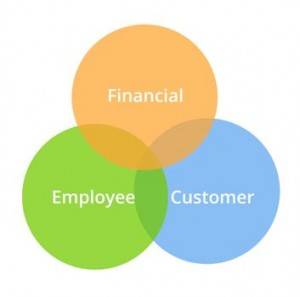February 25, 2016
Gen X is the UK’s hardest working demographic group, claims report 0
 Maybe it’s the mortgages, children and other responsibilities but a new study suggests that the UK’s hardest working demographic is Generation X. The survey of 2,500 employees from project management software firm Workfront found that over half (52.3 percent) of UK respondents said Generation X (roughly those aged between 34-54) as the hardest workers and almost 60 per cent (59.5 percent) claimed GenXers also had the strongest work ethic. Born between the early 1960’s and early 1980’s, Gen X was also claimed to be the most skilled (54.5 percent) followed by Baby Boomers, those approximately aged around 54–70-years-old, (27.1 percent). Millennials, those born between the 1980s to early 2000s, were identified as the most ‘tech-savvy’ (66.3 percent) but according to the survey it seems other skills are perceived as more valuable as only 18 percent of people surveyed said Millennials were the most skilled overall.
Maybe it’s the mortgages, children and other responsibilities but a new study suggests that the UK’s hardest working demographic is Generation X. The survey of 2,500 employees from project management software firm Workfront found that over half (52.3 percent) of UK respondents said Generation X (roughly those aged between 34-54) as the hardest workers and almost 60 per cent (59.5 percent) claimed GenXers also had the strongest work ethic. Born between the early 1960’s and early 1980’s, Gen X was also claimed to be the most skilled (54.5 percent) followed by Baby Boomers, those approximately aged around 54–70-years-old, (27.1 percent). Millennials, those born between the 1980s to early 2000s, were identified as the most ‘tech-savvy’ (66.3 percent) but according to the survey it seems other skills are perceived as more valuable as only 18 percent of people surveyed said Millennials were the most skilled overall.
































March 2, 2016
Why WELL rather than green is the new black in building design 0
by Darren Bilsborough • Comment, Environment, Facilities management, Wellbeing, Workplace design
(more…)